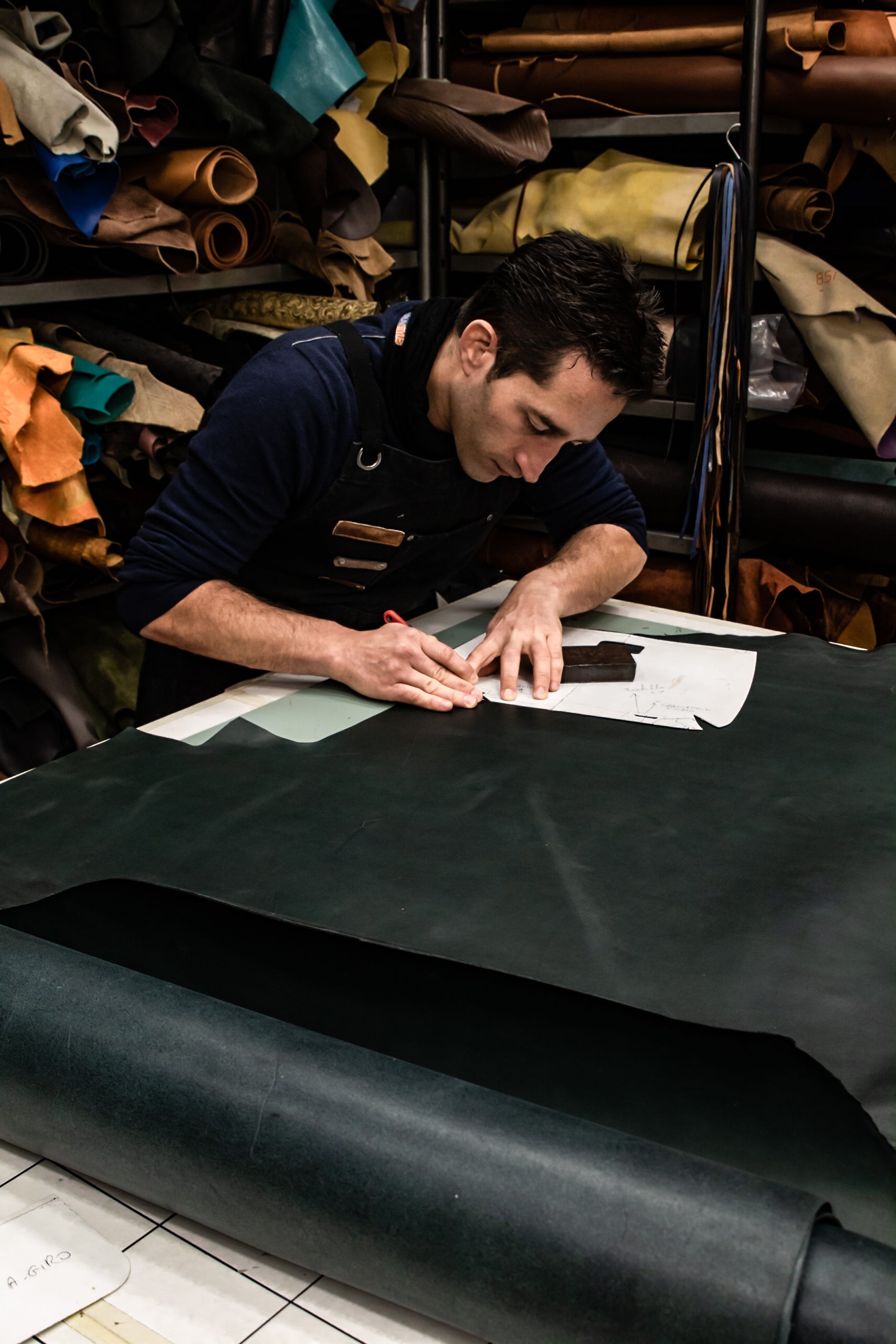VEGETABLE EXTRACTS FOR VEGETABLE TANNING
The raw materials used for vegetable tanning are tannins, natural substances available both in liquid and powder form, extracted from different parts of the plants including wood, bark, pods, fruits and leaves. The most common tannins are obtained from Chestnut wood (Castanea sativa), from Quebracho wood (Schinopsis lorentzii), from the pods of Tara (Caesalpinia spinosa), Catechu (Acacia Catechu), Chinese Galla (Rhustyphina semialata), Gambier (Uncaria Gambir ), mimosa or acacia (Acacia meamsii), myrobalan (Terminalia chebula), oak (Quercus sp), sumac (Rhustyphina coriaria), Turkish Galla (Quercus infectoria) and Vallonea (Quercus macrolepis).

The advantages of vegetable tanning
Vegetable tanning is ecological. All items made with this technology can be recycled.
Vegetable tanning is an art of ancient tradition. Most of the tanneries have skilled artisans who provide the tanning of the hides.
Thanks to the use of natural tannins, vegetable tanned items are unique and inimitable. They do not remain unchanged over time, but change continuously for the better, absorbing the traces of our experience
Vegetable tanned leather has natural colors, with warm tones, which tend to resurface on the surface with use
Vegetable tanned leather has a greater added value perceived by the consumer.









